In this Ultra Orthodox Jerusalem Tour, we would explore the Jewish Neighborhood of the Holy City. And while doing it we will get to know Jewish practices and the Ultra-Orthodox way of life. But who are the Ultra-Orthodox? Where did they came from?
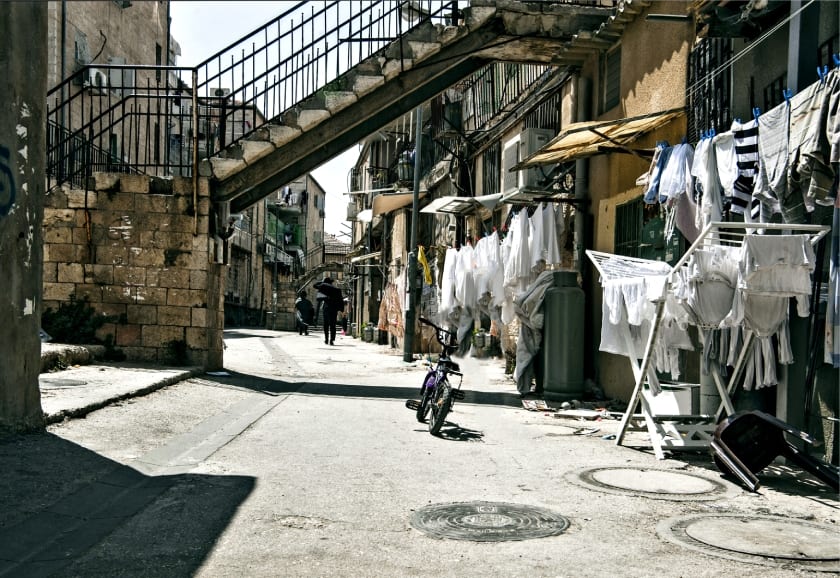
So the Ultra-Orthodox Judaism (Haredim) is a group of religious streams in Orthodox Judaism characterized by relatively strict adherence to Jewish religious law and observance of oral law that followed. And conservatism in terms of its culture and way of life. According to popular opinion, the source of the nickname “Haredim” is in the verses in the book of Isaiah:
“Hear the word of the Lord, that Haredim (fear) his word.”
Isaiah 66:5
The stream was born in Central and Eastern Europe; in response to the processes of modernization; culture, and emancipation that Jews underwent in the late 18th century; the spread of Enlightenment values, and the rise of the integration movement on the one hand and Jewish national movements on the other. The main Ultra-Orthodox Jews concentrations are in the State of Israel, the United States (in particular the New York and New Jersey area), Belgium, the United Kingdom, and France.
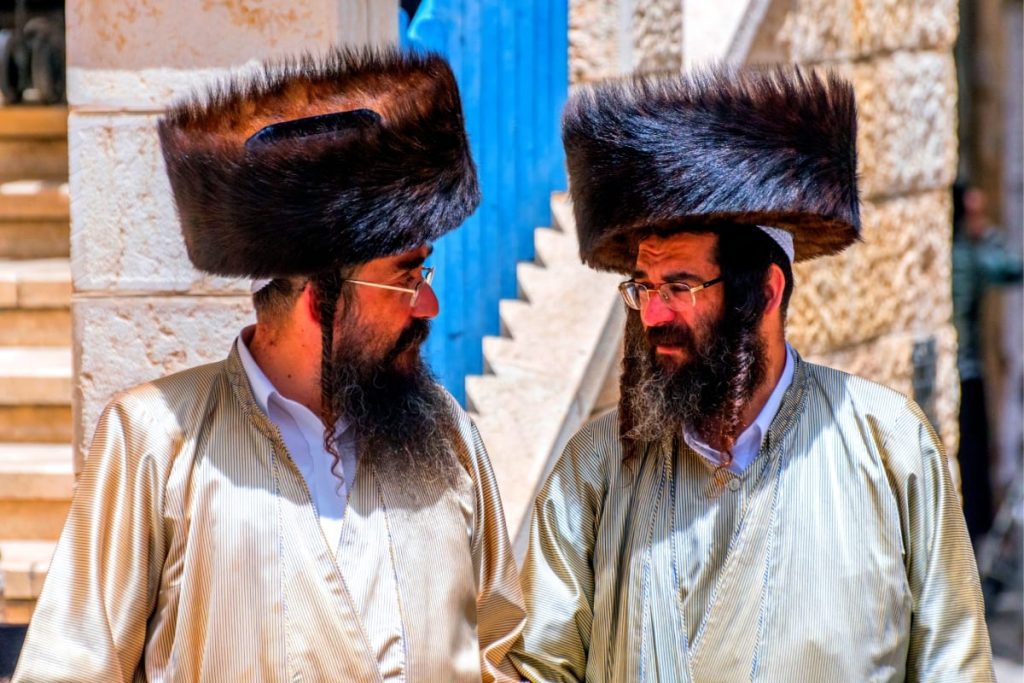
Ultra Orthodox Jerusalem Tour: Historical Background
Until the end of the 18th century, the Jews of Europe lived in communities governed by the courts and their community leaders. They existed as one of many corporations and were subject to a separate system of privileges and restrictions of their own; The economic and cultural interface with the environment was limited; the observance of religious laws was a norm and a public convention legally enforced by the establishment; which punished those who violated them.
Pashkevil
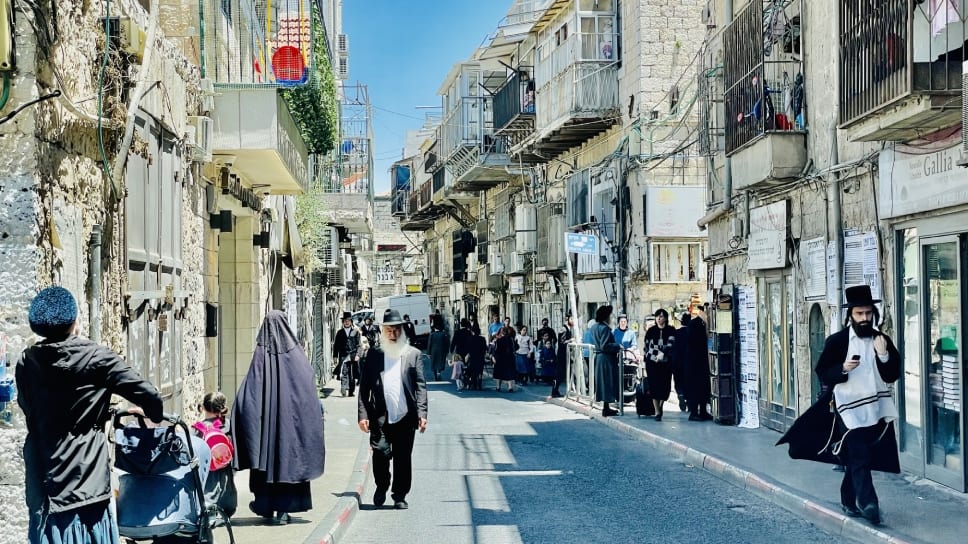
This state of affairs began to change after emancipation in the center of the continent and the west – as part of a broader process of dismantling class society and establishing centralized states – abolished the judicial autonomy of communities, opened up new employment opportunities for their members, gave them equal rights and forced education in government schools. Who soon replaced the old Talmudic Torah. Jews gradually became more involved in their environment, adopting new customs, dress, culture, and lifestyles.
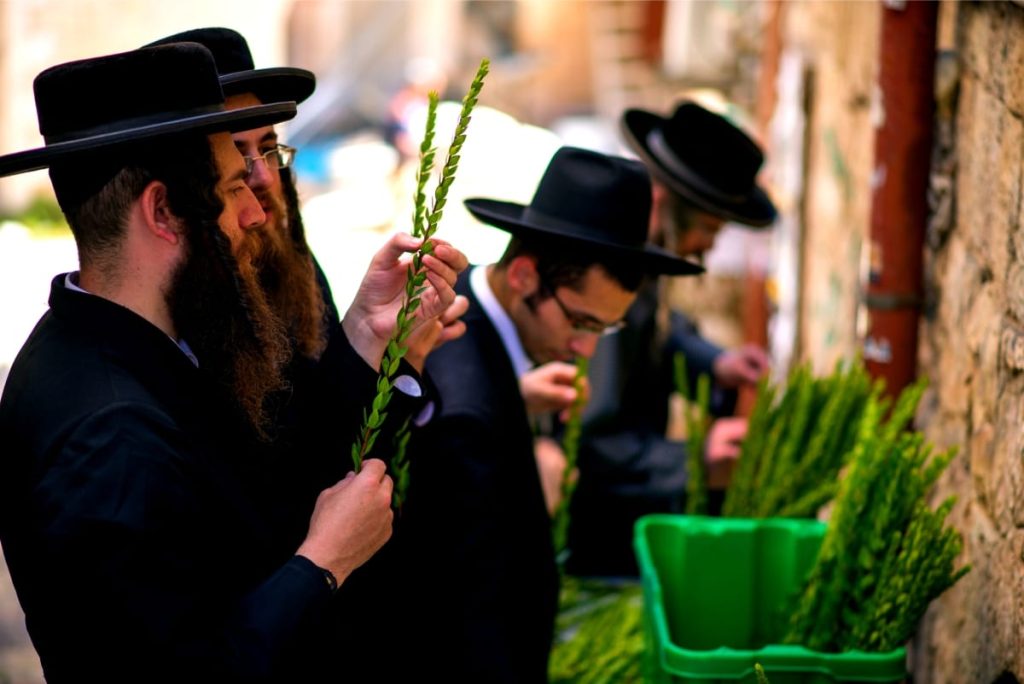
The Jewish Enlightenment movement also tried to promote Jewish modernization with its special emphasis, but concerning the external factors mentioned, it had little influence. Openness to the wider world was accompanied by processes of secularization, assimilation, and large-scale Christianization. There were also calls for profound religious change to adapt, such as those of Reform Judaism that began to emerge. These trends were seen very negatively by conservative Jews in Central Europe, who saw them as a clear threat to Jewish tradition. They tried to preserve the traditional way of life by adhering to their way of life, and in particular on issues whose erosion was linked to the acceptance of the new trends.
Ultra Orthodox Jerusalem Tour: Mea Shearim
The name Mea Shearim is derived from a verse from Genesis, which happened to be part of the weekly Torah portion that was read the week the settlement was founded:
“Isaac sowed in that land, and in that year, he reaped a hundredfold (Mea Shearim) God had blessed him”
(Genesis 26:12)
According to a tradition, the community originally had 100 gates, another meaning of Mea Shearim. Meir Auerbach, the chief Ashkenazi rabbi of Jerusalem, was one of the founders of the neighborhood. Conrad Schick, a German Christian architect, drew up the first blueprint for Mea Shearim in 1846. Mea Shearim, one of the earliest Jewish settlements outside the walls of the Old City, was established in 1874 by a building society of 100 shareholders.
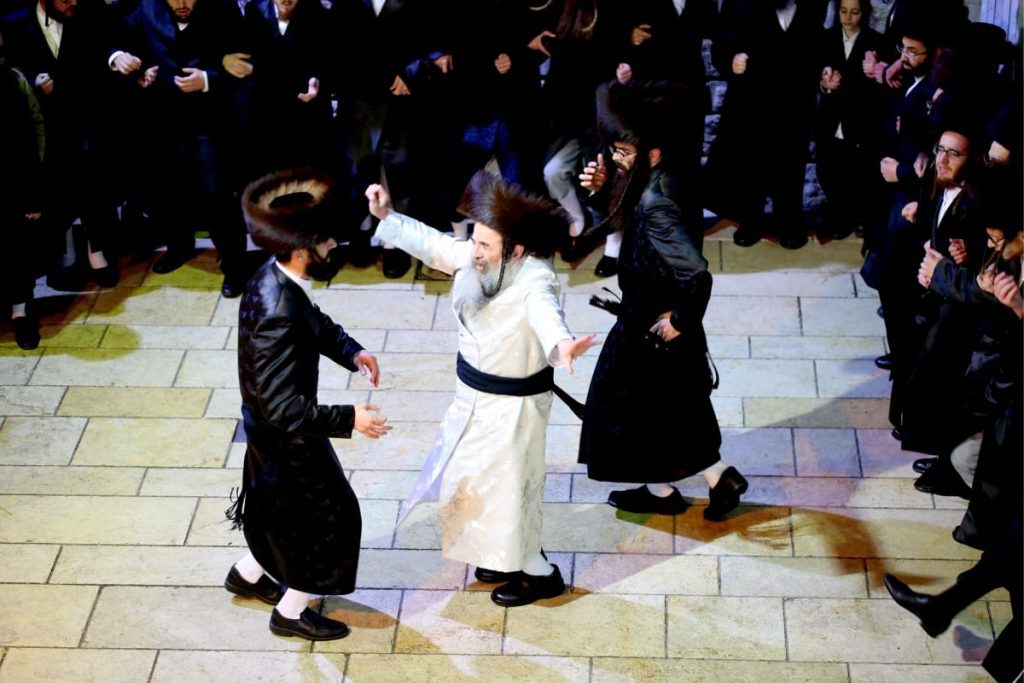
Furthermore, by pooling their resources, the society members purchased a tract of land outside the walled city, severely overcrowded and plagued by poor sanitation, and built a new neighborhood to improve their living standards. Also, Yosef Rivlin, one of the heads of the Jewish community in Jerusalem, and a Christian Arab from Bethlehem were the contractors. So the work was carried out by both Jewish and non-Jewish workers.
Haredi Lifestyle in Mea Shearim
Today, Mea Shearim remains an insular neighborhood in the heart of Jerusalem. With its Haredi and overwhelmingly Hasidic; population, the streets retain the characteristics of an Eastern European shtetl, as it appeared in pre-war Europe. Life revolves around strict adherence to Jewish law, prayer, and the study of Jewish religious texts. Traditions in dress include black frock coats and black hats for men (although there are some other clothing styles, depending on the religious sub-group to which they belong), and long-sleeved, modest clothing for women.
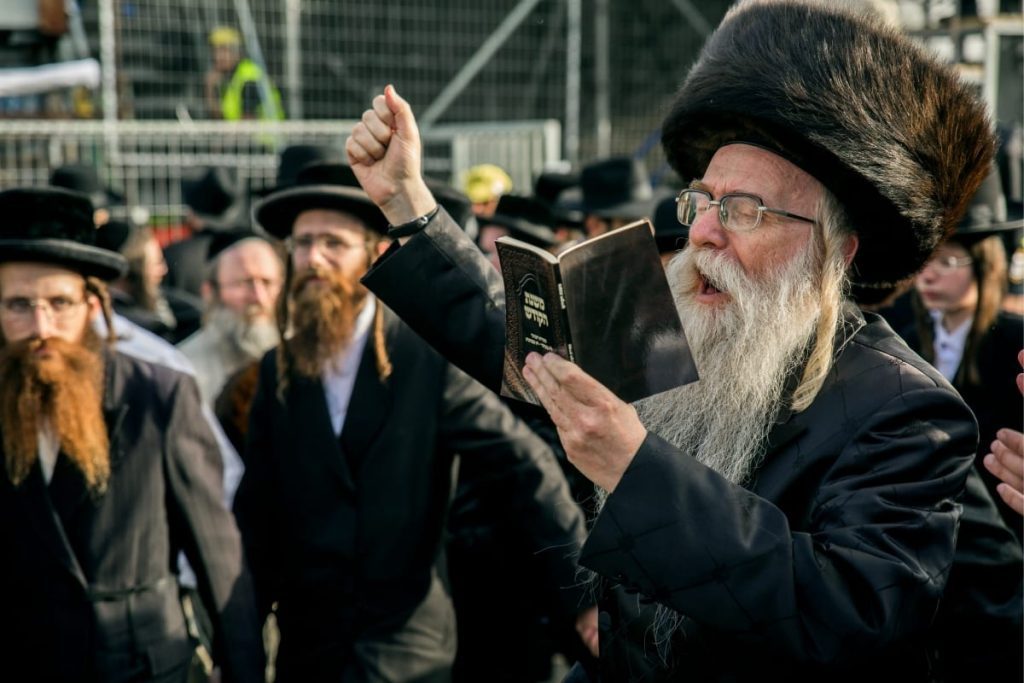
Moreover, in some Hasidic groups, the women wear thick black stockings all year, even in summer. Furthermore, married women wear various hair coverings, from wigs to scarves, snoods, hats, and berets. The men have beards, and many grow long sidecurls, called Peyot. Many residents speak Yiddish daily and use Hebrew only for prayer and religious study, as they believe Hebrew to be a sacred language for religious purposes.
Mea Shearim Rules of Conduct
“Modesty” posters in Hebrew and English are hung at every entrance to Mea Shearim. When visiting the neighborhood, women and girls are urged to wear what is deemed to be a modest dress (knee-length skirts or longer, no plunging necklines or midriff tops, no sleeveless blouses or bare shoulders); men and boys are urged to avoid wearing shorts and sleeveless shirts; tourists are requested not to arrive in large, conspicuous groups; and in some of the older signs, even non-Jewish men are requested to wear kippas. During Shabbat (from Friday night to Saturday night at sundown), visitors are asked to refrain from smoking, photography, driving, or using mobile phones. When entering synagogues, men are asked to cover their heads.
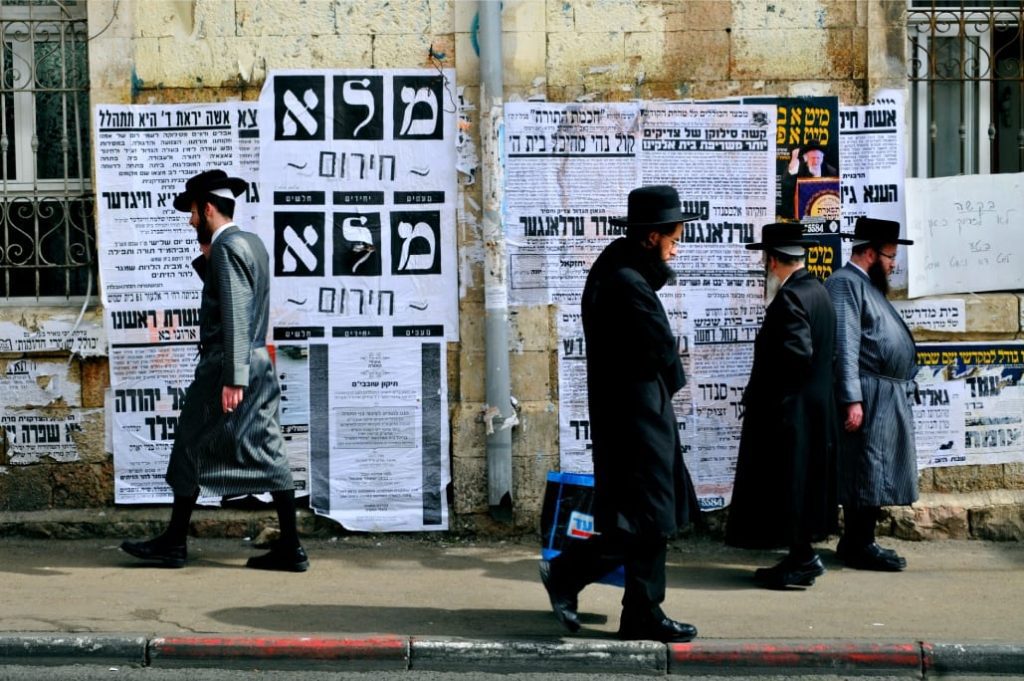
Ultra Orthodox Jerusalem Tour: Batei Ungarin
So Batei Ungarin is a Haredi neighborhood in Jerusalem. It was built by Kolel Ungarin, a Hungarian Jewish charity supporting Jews living in the Land of Israel. Batei Ungarin was established in 1891. By World War I, there were 100 homes; a synagogue, a beit midrash, and a mikveh. Furthermore, the neighborhood’s original inhabitants came from Hungary; many of the residents who live there today can trace their lineage to Hungary. A major Hasidic group called Toldos Aharon has its headquarters on the edge of Batei Ungarin.
Ultra Orthodox Jerusalem Tour: Bukharim Quarter
This is a neighborhood in the center of Jerusalem. Many of the residents today are Haredi Jews. The first immigrants of Bukharan Jews from Russian Turkestan (Central Asia) settled in Jerusalem in the 1870s and 1880s. They bought land and employed architect Conrad Schick to design a neighborhood for them. In 1890, seven members of the Bukharan Jewish community formed the Hovevei Zion Association of the Jewish communities of Bukhara, Samarkand, and Tashkent.
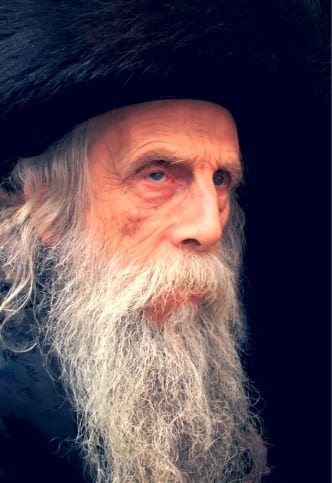
In 1891, the association drew up a charter stating that the new quarter would be built in the style of Europe’s major cities. The streets were three times wider than other streets in Jerusalem at the time, and spacious mansions were built with large courtyards. The homes were designed with neo-Gothic windows, European tiled roofs, neo-Moorish arches, and Italian marble. Facades decorated Jewish motifs such as the Star of David and Hebrew inscriptions.
Ultra Orthodox Jerusalem Tour: Batei Munkacs
So Batei Munkacs is a former courtyard neighborhood in Jerusalem. Established in 1928 by the Munkacser Rebbe, Rabbi Chaim Elazar Spira, Batei Munkacs is now part of the Nachlaot neighborhood. They were built as a housing project for members of the Munkacser Kollel, Kollel Tiferes Zvi, a charity organization that supported families from Munkács, Hungary, living in Jerusalem. The land was purchased in 1914 by two Hasidim sent by the Rebbe, but the outbreak of World War I halted building plans. Construction was delayed until 1929, apparently due to a lack of funds. Batei Munkacs was one of only a handful of new neighborhoods constructed during the British Mandate era. It was the seventh and last, Haredi neighborhood established in the Nachlaot area.
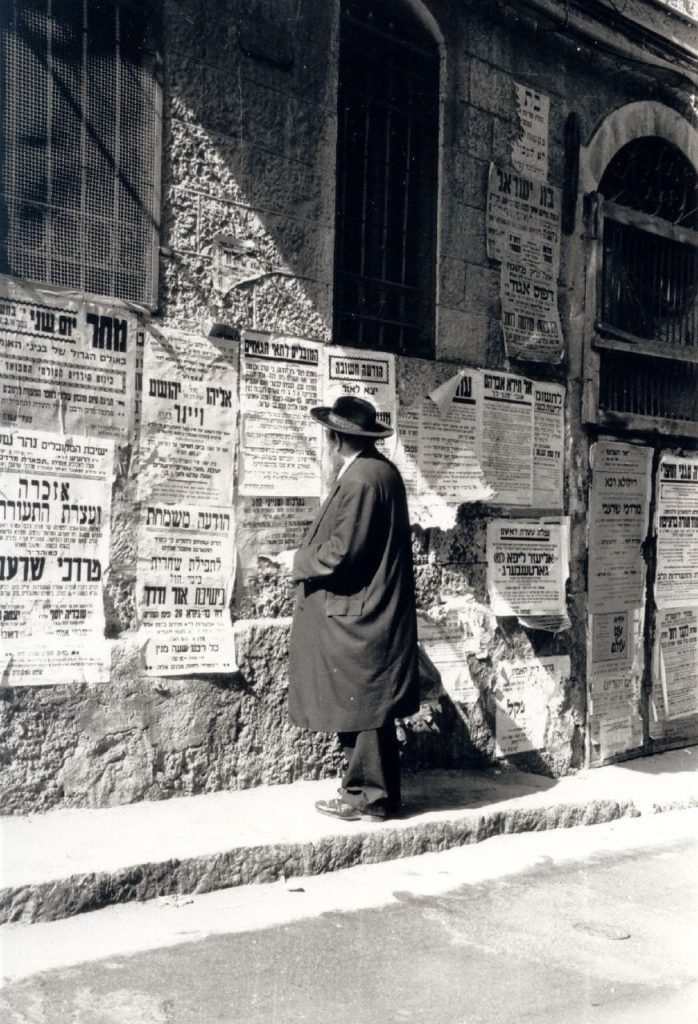
Like other kollel neighborhoods constructed at the end of the Ottoman period, such as Batei Ungarin, the buildings of Batei Munkacs were planned around a courtyard, with the synagogue in the center of the courtyard. Each apartment had a kitchen and bathroom in the entrance hall and two rooms to the rear. According to a 1914 newspaper report, the Munkacser Rebbe intended that each homeowner also have room for a small vegetable garden in front of his apartment.
The neighborhood regulations, approved and signed by the Munkacser Rebbe during his visit to Palestine in 1930, sought to maintain the integrity of the neighborhood as a Hasidic enclave. Residents were required to wear Hasidic dresses and were not allowed to shave their beards or payot (sidelocks). Like members of other Hasidic sects in Palestine, the Munkacser Hasidim were enjoined to send their children to Haredi schools and not to schools run by Zionist pedagogues.







